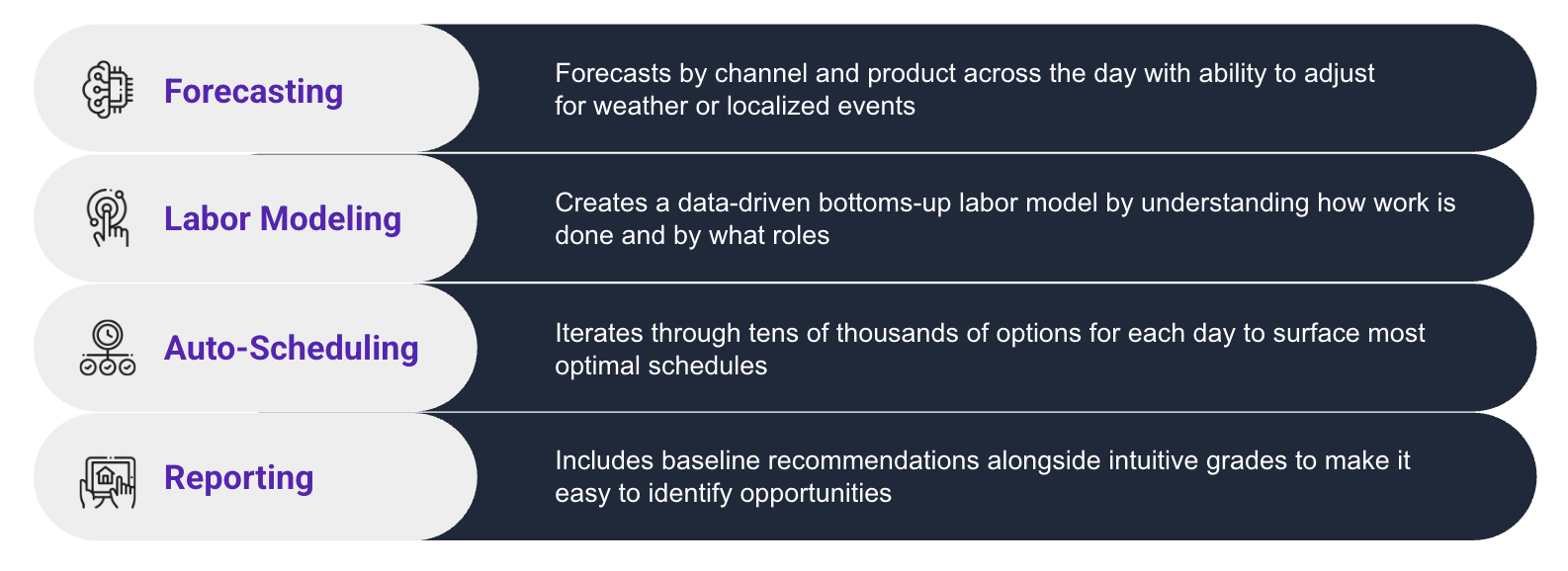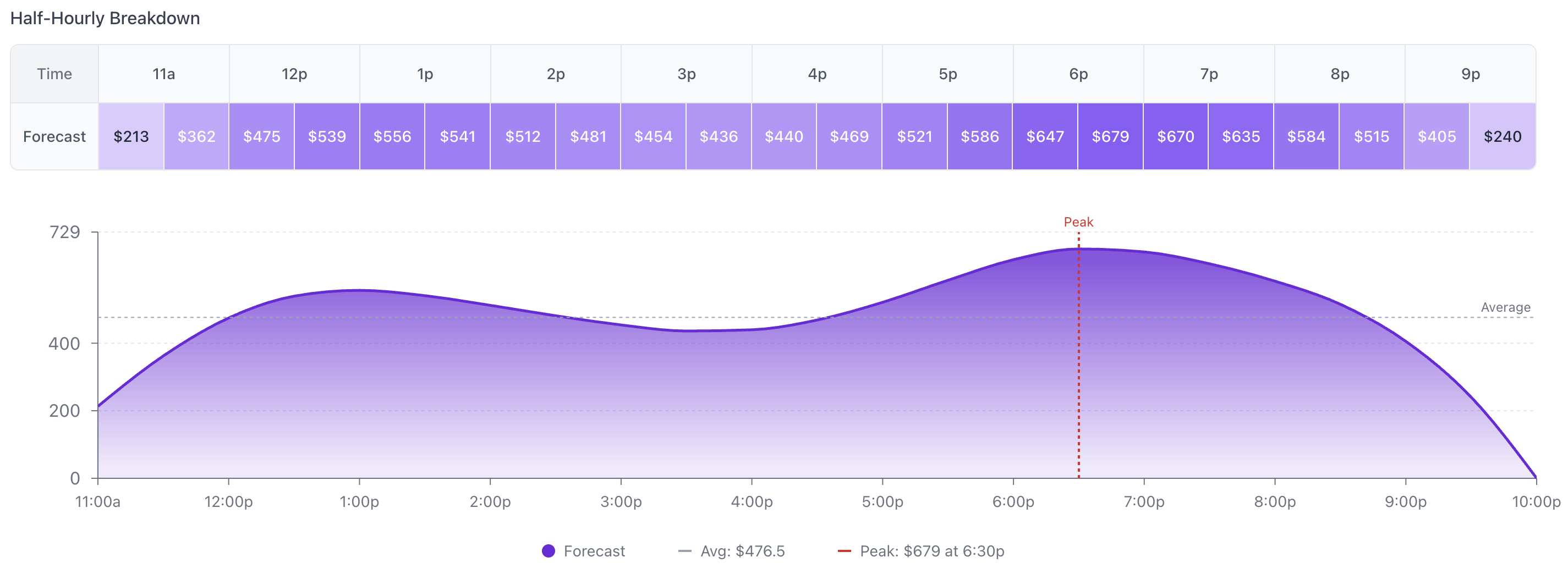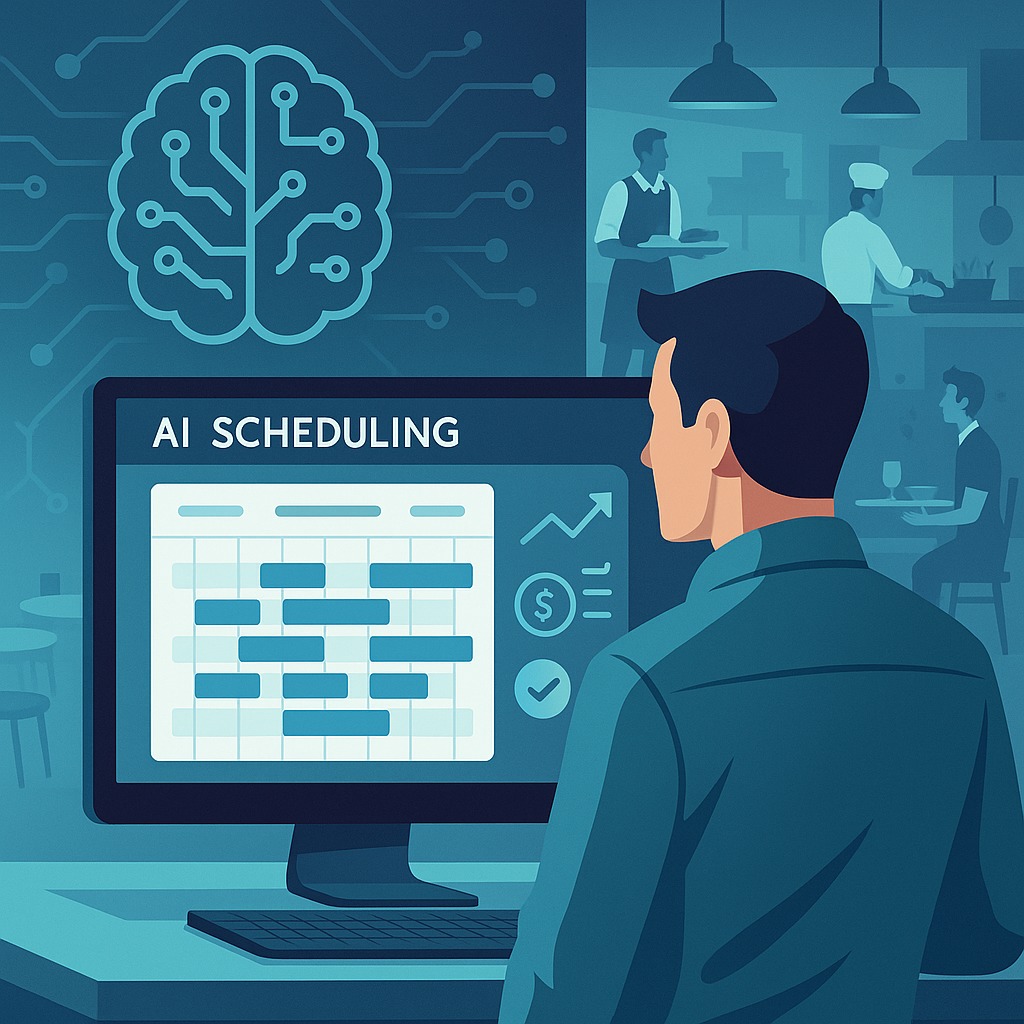
The Accurate Labor Model Playbook
How to Align Staffing with Demand for Lower Labor Costs and Better Operations. Learn the step-by-step process to build an accurate labor model that turns forecasts into optimal staffing.

Jordan Bennett
Head of Content @ Rightwork








